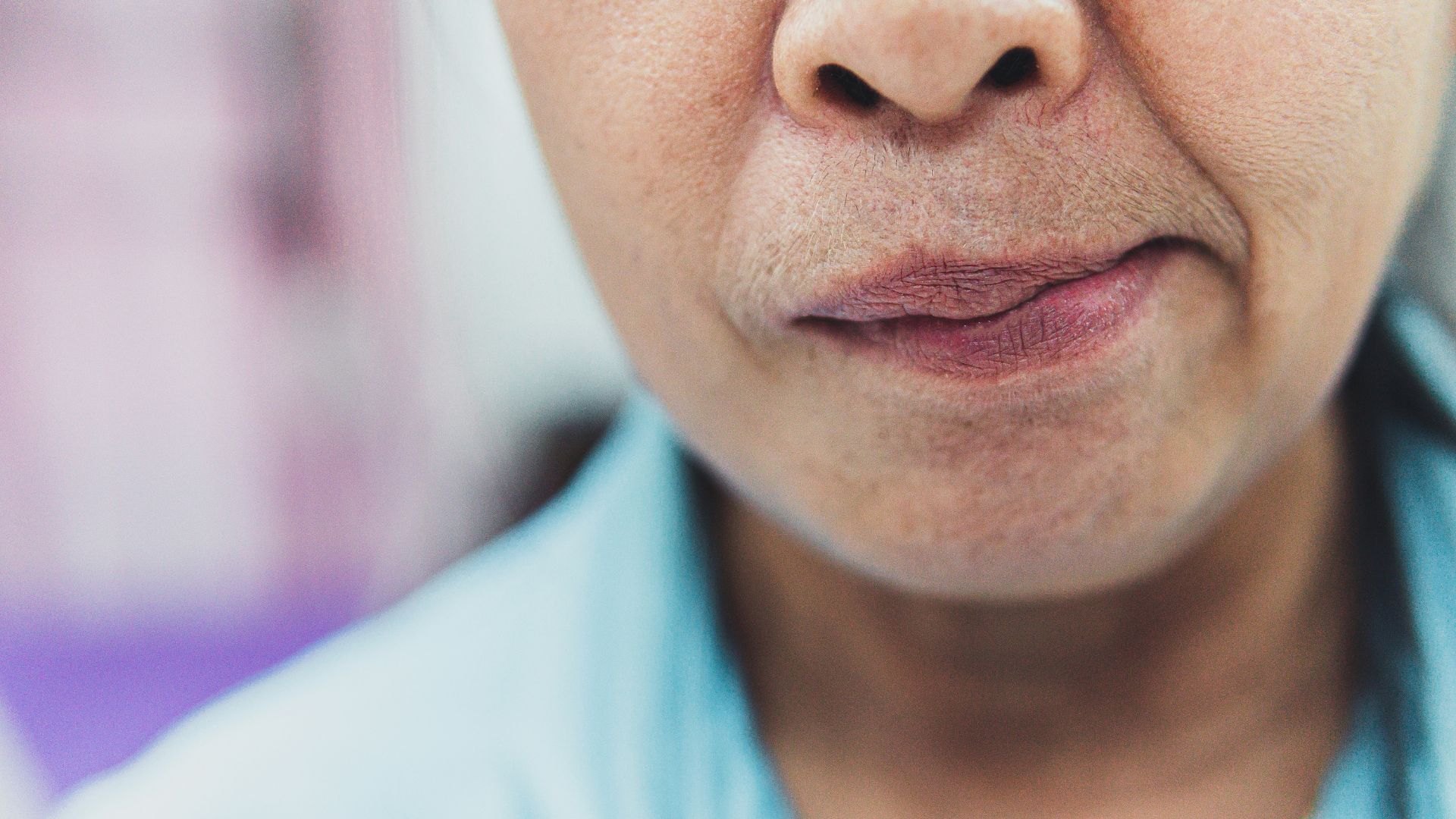Bell’s palsy is a condition that’s both fascinating and concerning – imagine waking up one morning to find half of your face seemingly frozen. As someone who’s studied numerous neurological conditions, I’ll break down why this mysterious condition occurs and what you need to know.
What Actually Happens in Bell’s Palsy?
At its core, Bell’s palsy involves inflammation of the seventh cranial nerve, also known as the facial nerve. This nerve is like an electrical wire that controls most of your facial movements, from smiling to blinking. When it becomes swollen and compressed within the narrow bony canal it travels through, the signals from your brain to your facial muscles get disrupted.
The Main Triggers Behind Bell’s Palsy
Viral Infections
The most common culprit behind Bell’s palsy is viral infection. The herpes simplex virus (the same one that causes cold sores) is often the main suspect. Other viral troublemakers can include:
- Epstein-Barr virus
- Cytomegalovirus
- Respiratory illnesses
- COVID-19 (in some reported cases)
Immune System Response
Sometimes, your immune system’s reaction to these infections can be a bit overzealous, causing inflammation that affects the facial nerve. Think of it as friendly fire – your body’s defensive response accidentally causing collateral damage.
Other Risk Factors
While anyone can develop Bell’s palsy, certain factors might increase your risk:
- Pregnancy (especially in the third trimester)
- Diabetes
- High blood pressure
- Recent upper respiratory infections
Understanding the Sudden Onset
One of the most perplexing aspects of Bell’s palsy is how quickly it develops. Most people notice the symptoms when they wake up or within a few hours. This sudden onset often leads people to initially fear they’re having a stroke, though Bell’s palsy is generally less severe.
The Recovery Journey
The good news is that about 85% of people with Bell’s palsy recover completely within three months. The nerve gradually heals, and facial function returns, though the journey can feel frustratingly slow. Recovery might involve:
- Medication (usually corticosteroids)
- Physical therapy
- Eye protection (if blinking is affected)
- Patience and emotional support
Prevention and Awareness
While you can’t completely prevent Bell’s palsy, maintaining good overall health can help reduce your risk. This includes:
- Managing stress levels
- Keeping chronic conditions like diabetes under control
- Protecting yourself from viral infections
- Staying healthy during pregnancy
If you experience sudden facial weakness, it’s crucial to seek medical attention promptly. Early treatment can significantly improve your chances of a full recovery and help rule out other serious conditions.
By understanding why Bell’s palsy occurs, we can better appreciate the complexity of our nervous system and the importance of prompt medical care when something goes wrong.



